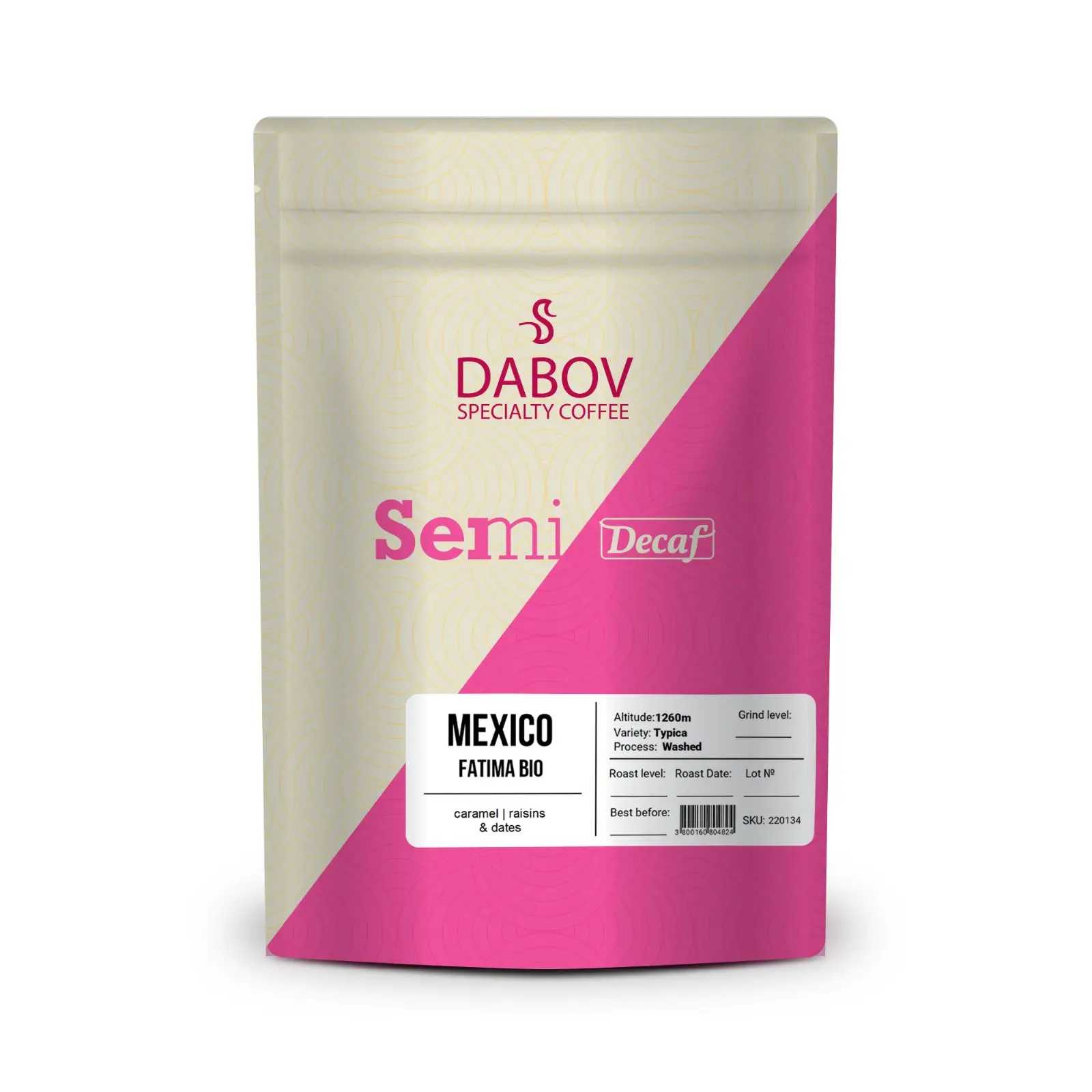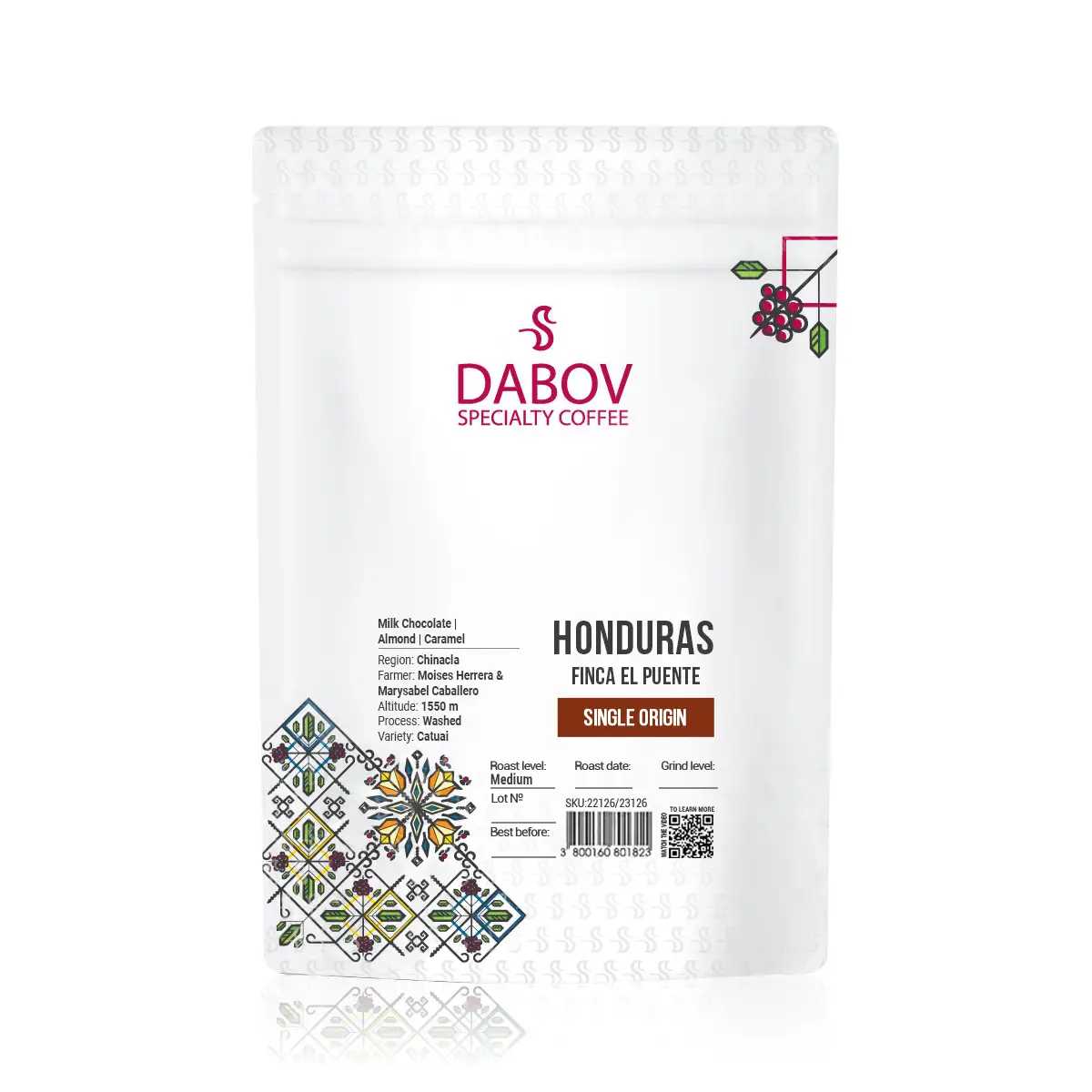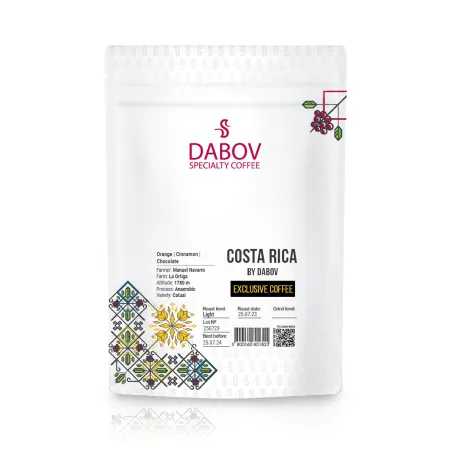How Coffee Cooperatives Improve Economic Stability for Farmers
In the complex world of global coffee trade, farmers often face economic insecurities, but coffee cooperatives offer a beacon of hope. By banding together, these farmers not only gain financial security through collective bargaining and market access but also share valuable resources and knowledge that elevate their farming practices. As we delve into the evolution of coffee cooperatives and their impact on both local and national economies, we will uncover how these collaborative models foster economic stability. With a history rooted in community support, coffee cooperatives have become essential in ensuring fair trade, price stability, and sustainable farming practices. Join us as we explore the critical role of these cooperatives in shaping the future of coffee farming and the prosperity of the farmers behind your morning brew.
In the vast landscape of global agriculture, few crops hold as much economic and cultural significance as coffee. This aromatic bean, cherished by millions worldwide, is not just a morning ritual but a vital lifeline for countless farmers across the globe. However, the journey from bean to cup is fraught with challenges, particularly for small-scale farmers who often find themselves at the mercy of volatile markets and unpredictable climate conditions. Enter coffee cooperatives – a beacon of hope and a powerful tool for economic empowerment in the coffee-growing world.
Coffee cooperatives have emerged as a transformative force in the industry, offering a collaborative approach to farming that addresses many of the hurdles faced by individual growers. These organizations are more than just business entities; they are communities bound by shared goals and mutual support. As we delve into the intricacies of coffee cooperatives, we'll uncover how these collective efforts are not just improving lives but reshaping the entire coffee landscape, fostering economic stability, and paving the way for a more sustainable future in coffee production.
Understanding Coffee Cooperatives
At their core, coffee cooperatives are democratic organizations owned and operated by coffee farmers who voluntarily unite to meet their common economic, social, and cultural needs through a jointly-owned and democratically-controlled enterprise. This model of cooperative farming among coffee growers is built on the principles of self-help, self-responsibility, democracy, equality, equity, and solidarity.
The structure of coffee cooperatives typically involves a board of directors elected by the member farmers, who oversee the cooperative's operations and make strategic decisions. Day-to-day management is usually handled by hired professionals who work to implement the cooperative's goals. This organizational framework ensures that the interests of all members are represented and that the benefits of collective action are distributed fairly.
The history of coffee cooperatives can be traced back to the late 19th and early 20th centuries, with roots in the broader cooperative movement that sought to empower workers and small producers. In coffee-producing regions, cooperatives began to take shape as farmers recognized the need to band together to overcome the challenges posed by powerful buyers and middlemen who often exploited individual growers.
One of the pivotal moments in the development of coffee cooperatives came in the 1960s and 1970s when the Fair Trade movement began to gain traction. This movement, which aimed to ensure better trading conditions and promote sustainability, found natural allies in coffee cooperatives. The alignment of Fair Trade principles with cooperative values led to a surge in the formation and growth of coffee cooperatives, particularly in Latin America and Africa.
Throughout the decades, coffee cooperatives have evolved to meet changing market demands and address new challenges. They've expanded their roles beyond mere aggregators of coffee beans to become hubs of innovation, education, and community development. Modern coffee cooperatives are often at the forefront of sustainable farming practices, quality improvement initiatives, and direct trade relationships with roasters and consumers around the world.
The Role of Coffee Cooperatives in Economic Stability
One of the most significant ways in which coffee cooperatives contribute to economic stability is by providing financial security to their members. In the often unpredictable world of coffee farming, where prices can fluctuate wildly and natural disasters can wipe out entire harvests, cooperatives act as a crucial safety net.
Through collective bargaining power, cooperatives can negotiate better prices for their members' coffee. Instead of individual farmers being at the mercy of local buyers or large corporations, cooperatives can leverage their combined output to secure more favorable terms. This collective strength often results in higher and more stable prices for farmers, providing a buffer against market volatility.
Moreover, many cooperatives offer pre-harvest financing to their members. This is a critical service in an industry where farmers often face significant cash flow challenges. Pre-harvest financing allows farmers to access funds for essential inputs like fertilizers and equipment, or to cover living expenses during the growing season. By providing this financial support, cooperatives help farmers avoid predatory lenders and reduce the risk of falling into cycles of debt.
Access to markets is another crucial way in which cooperatives enhance economic stability. Small-scale farmers often struggle to reach larger, more lucrative markets due to lack of resources, knowledge, or connections. Cooperatives bridge this gap by pooling resources and establishing relationships with buyers around the world.
For instance, the Oromia Coffee Farmers Cooperative Union in Ethiopia, which represents over 300 primary cooperatives and more than 350,000 farmer members, has successfully established direct trading relationships with buyers in Europe, North America, and Asia. This access to international markets has allowed member farmers to secure better prices and more stable demand for their coffee, significantly improving their economic situation.
Supporting Coffee Farmers: Key Benefits of Cooperation
The benefits of coffee cooperatives extend far beyond market access and price negotiations. One of the most valuable aspects of cooperative membership is the sharing of resources and knowledge. Cooperatives often serve as centers of learning, where farmers can exchange best practices, attend training sessions, and gain access to the latest agricultural research.
For example, many cooperatives organize regular workshops on topics such as pest management, soil conservation, and quality control. These educational initiatives help farmers improve their yields, produce higher-quality coffee, and adapt to changing environmental conditions. The collective nature of cooperatives means that successful techniques can quickly spread throughout the membership, raising the overall standard of farming practices.
Collective purchasing power is another significant advantage of cooperative membership. By buying supplies and equipment in bulk, cooperatives can negotiate lower prices from suppliers. This economy of scale translates into reduced costs for individual farmers, improving their profit margins and economic resilience.
For instance, a cooperative might purchase a large quantity of organic fertilizer at a discounted rate and distribute it among its members. This not only reduces the cost for each farmer but also ensures access to high-quality inputs that might be difficult or expensive to obtain individually. Similarly, cooperatives can invest in shared equipment like processing facilities or transportation vehicles, spreading the cost across the membership and making these essential resources accessible to all.
Access to technological innovations is yet another area where cooperatives excel in supporting their members. Many small-scale farmers lack the resources to invest in new technologies that could improve their productivity and sustainability. Cooperatives bridge this gap by investing in innovative solutions on behalf of their members.
For example, some cooperatives have implemented sophisticated soil testing programs, allowing farmers to optimize their fertilizer use and improve crop health. Others have invested in weather monitoring systems to help farmers make informed decisions about planting and harvesting. By making these technologies available to all members, cooperatives help level the playing field and ensure that even small-scale farmers can benefit from modern agricultural advancements.
Broader Economic Impact of Coffee Cooperatives
The influence of coffee cooperatives extends far beyond the immediate economic benefits to their members. These organizations often play a pivotal role in community development, contributing to the overall economic health of coffee-growing regions.
Many cooperatives reinvest a portion of their profits into social programs that benefit the entire community. These might include healthcare initiatives, educational scholarships, or infrastructure improvements. For instance, the COCLA cooperative in Peru has used its resources to establish health clinics, build schools, and improve road networks in its region. These investments not only improve the quality of life for cooperative members and their families but also create economic opportunities and foster development throughout the area.
On a national level, coffee cooperatives can be significant contributors to economic growth, particularly in countries where coffee is a major export. By improving the economic stability of farmers and rural communities, cooperatives help to reduce rural-to-urban migration, preserve traditional farming knowledge, and maintain the viability of the agricultural sector.
For example, in Rwanda, where coffee is one of the country's largest exports, cooperatives have played a crucial role in rebuilding the industry after the devastating genocide of 1994. The growth of cooperatives has not only revitalized coffee production but has also contributed to national reconciliation efforts and economic recovery.
Environmental sustainability is another area where coffee cooperatives are making a significant impact. Many cooperatives are at the forefront of promoting environmentally friendly farming practices, recognizing that long-term economic stability is inextricably linked to ecological health.
Cooperatives often provide training and support for organic farming methods, agroforestry techniques, and water conservation practices. These sustainable approaches not only help to preserve the environment but also often result in higher-quality coffee that can command premium prices in the market. For instance, the CESMACH cooperative in Mexico has been a leader in promoting shade-grown coffee, which protects biodiversity and helps farmers adapt to climate change while producing high-quality beans that fetch top prices.
Challenges Facing Coffee Cooperatives
Despite their many benefits, coffee cooperatives face significant challenges in their mission to improve economic stability for farmers. One of the most pressing issues is market volatility. The global coffee market is notoriously unstable, with prices subject to rapid fluctuations due to factors such as weather conditions, currency exchange rates, and speculative trading.
While cooperatives can help buffer their members against some of this volatility, they are not immune to its effects. When coffee prices plummet, cooperatives may struggle to maintain the higher prices and additional benefits they offer to their members. This can strain relationships within the cooperative and test the loyalty of farmers who might be tempted by offers from private buyers during times of high prices.
Climate change poses another significant threat to coffee cooperatives and the farmers they represent. Coffee is a particularly climate-sensitive crop, and changing weather patterns are already impacting production in many regions. Increased temperatures, irregular rainfall, and more frequent extreme weather events can lead to reduced yields, lower quality beans, and increased pest and disease pressure.
Cooperatives are working to address these challenges through various adaptation strategies. These might include diversifying crop varieties, implementing water conservation techniques, or even helping farmers transition to alternative crops in areas where coffee production is becoming unsustainable. However, these efforts require significant resources and long-term planning, which can be challenging for cooperatives operating on tight budgets.
Funding and resources present ongoing challenges for many coffee cooperatives. While the cooperative model provides many advantages, it also requires significant investment in infrastructure, training, and services for members. Accessing the capital needed for these investments can be difficult, particularly for newer or smaller cooperatives.
Many cooperatives struggle to secure loans from traditional banks, which often view small-scale agriculture as a high-risk sector. This can limit a cooperative's ability to invest in processing facilities, quality control labs, or other infrastructure that could help them add value to their members' coffee and access higher-paying markets.
Future of Coffee Cooperatives and Economic Stability
Despite these challenges, the future of coffee cooperatives looks promising, with several trends pointing towards continued growth and innovation in the sector. One significant trend is the increasing consumer demand for transparency and sustainability in the coffee supply chain. This aligns well with the cooperative model, which typically emphasizes traceability and sustainable farming practices.
Many cooperatives are leveraging this trend by developing direct relationships with roasters and retailers, often facilitated by digital platforms that allow for greater transparency and storytelling. This direct trade model not only helps secure better prices for farmers but also creates a more engaging narrative for consumers, potentially leading to increased brand loyalty and market share.
Innovation in cooperative models is also driving the sector forward. Some cooperatives are experimenting with hybrid structures that combine elements of traditional cooperatives with features of private enterprises, allowing for greater flexibility and access to capital. Others are forming secondary and tertiary cooperatives – federations of primary cooperatives that can achieve even greater economies of scale and market power.
Technological innovations are also shaping the future of coffee cooperatives. Blockchain technology, for instance, is being explored as a way to enhance traceability and transparency in the coffee supply chain. This could help cooperatives better demonstrate the value of their coffee to buyers and consumers, potentially commanding higher prices.
Policy support will be crucial in shaping the future landscape for coffee cooperatives. Governments in coffee-producing countries can play a significant role in fostering the growth of cooperatives through supportive legislation, access to credit, and technical assistance programs. International development agencies and NGOs can also contribute by providing funding, expertise, and market connections.
Conclusion
Coffee cooperatives have proven to be a powerful tool for enhancing economic stability among coffee farmers. Through collective action, these organizations provide their members with improved market access, better prices, shared resources, and valuable knowledge. They serve as bulwarks against market volatility and offer a path towards sustainable, equitable development in coffee-growing regions.
The impact of coffee cooperatives extends far beyond the economic realm, contributing to community development, environmental sustainability, and the preservation of coffee-growing traditions. While challenges remain, particularly in the face of climate change and market instability, cooperatives continue to evolve and innovate, finding new ways to support their members and adapt to changing circumstances.
As consumers, we have the power to support this model of sustainable, equitable coffee production. By choosing coffee from cooperatives, particularly those with Fair Trade or other ethical certifications, we can contribute to the economic stability of coffee farmers around the world. Every cup of cooperative-produced coffee represents not just a delicious beverage, but a step towards a more just and sustainable coffee industry.
The story of coffee cooperatives is one of resilience, innovation, and collective empowerment. As we look to the future, it's clear that these organizations will continue to play a vital role in shaping the coffee industry, promoting economic stability, and ensuring that the benefits of this global trade are shared more equitably with those who nurture the beans we all enjoy. In supporting coffee cooperatives, we support not just farmers, but a vision of a more sustainable and equitable global economy.




























